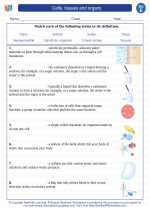Cells, tissues and organs -> biomedical engineering
What is Biomedical Engineering?
Biomedical engineering is a multidisciplinary field that integrates principles of engineering with biological and medical sciences to develop technologies and devices that improve healthcare.
Key Concepts
- Medical Devices: Biomedical engineers design and create medical devices such as prosthetics, artificial organs, surgical instruments, and diagnostic equipment.
- Biomechanics: This involves the application of mechanical principles to biological systems, such as understanding how forces affect the human body and developing devices to assist with movement and rehabilitation.
- Biomedical Imaging: Engineers develop imaging technologies like MRI, CT scans, and ultrasound to visualize and diagnose medical conditions.
- Tissue Engineering: This field focuses on creating artificial tissues and organs for transplantation and regenerative medicine.
- Biological Signal Processing: Biomedical engineers work on understanding and interpreting biological signals, such as EEG and ECG, to develop monitoring and diagnostic tools.
- Biocompatible Materials: Developing materials that are compatible with the human body is crucial for the design of implants and medical devices.
Applications
Biomedical engineering has a wide range of applications, including:
- Developing advanced prosthetics to improve the quality of life for amputees
- Designing medical imaging systems to aid in the diagnosis and treatment of diseases
- Creating artificial organs for transplantation to address the shortage of donor organs
- Designing and improving medical devices such as pacemakers, insulin pumps, and dialysis machines
- Advancing drug delivery systems for targeted and personalized medicine
Ethical Considerations
Biomedical engineers must consider ethical implications in their work, such as patient safety, informed consent, and the impact of their technologies on society and the environment.
Education and Career Paths
To pursue a career in biomedical engineering, individuals typically need a bachelor's degree in biomedical engineering or a related field. Advanced degrees, such as a master's or Ph.D., can lead to research or teaching positions. Career opportunities exist in medical device companies, research institutions, hospitals, and regulatory agencies.
.◂Science Worksheets and Study Guides Fifth Grade. Cells, tissues and organs

 Worksheet/Answer key
Worksheet/Answer key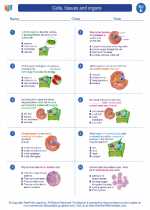
 Worksheet/Answer key
Worksheet/Answer key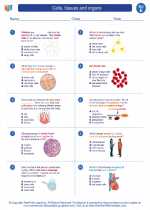
 Worksheet/Answer key
Worksheet/Answer key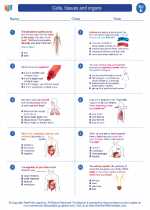
 Vocabulary/Answer key
Vocabulary/Answer key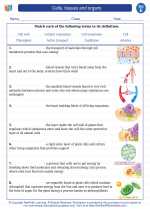
 Vocabulary/Answer key
Vocabulary/Answer key
 Vocabulary/Answer key
Vocabulary/Answer key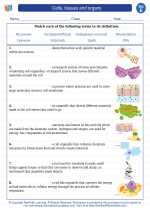
 Vocabulary/Answer key
Vocabulary/Answer key
 Vocabulary/Answer key
Vocabulary/Answer key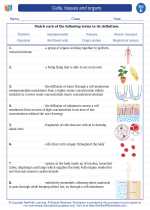
 Vocabulary/Answer key
Vocabulary/Answer key